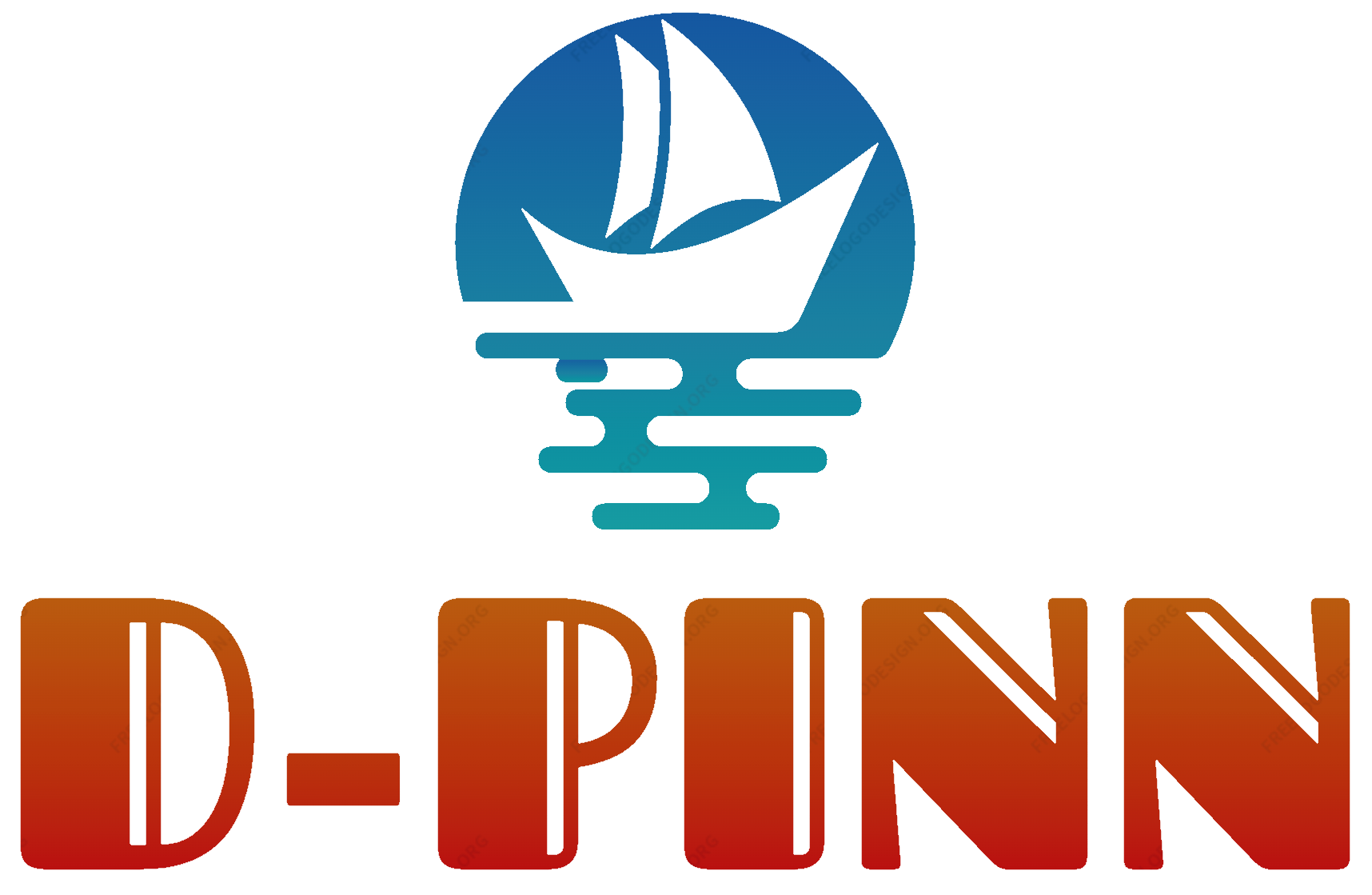Designing a plastic product for production is a challenging feat. Even with advanced mold flow simulation, 3D CAD interference checks, and rapid prototyping, many potential problems can arise.
Selecting the right injection molding partner can make all the difference in your project’s success. Here are five key factors to consider.
Experience
Injection molding is one of the most commonly used manufacturing methods for plastic products, and working with an experienced injection molder can save time and money. A professional team can optimize the tooling and part design to ensure the best cycle times, production volumes, cost-effectiveness, and quality results.
A skilled team will understand how to minimize the overall project costs by reducing the tooling and material costs, eliminating unnecessary steps in the injection mold manufacturing process, and implementing just-in-time inventory strategies that can reduce work in progress and finished goods. For example, adding draft angles to the sides of a core and simplifying the design of side-action hearts can reduce the total tooling cost by 50-70%.
An experienced partner will also be able to select suitable resins for the part based on its final application and budget.
Capabilities
An injection molding partner should be able to perform multiple processes. This can reduce the number of suppliers you need to manage, providing greater flexibility regarding production capabilities if your program changes or a problem occurs.
It’s also vital that the partner you choose can meet your program’s time constraints. The build of an injection mold can range from 4-12 weeks, and a skilled partner will work with you to ensure that your parts are delivered on time, every time.
Tooling costs make up a significant portion of the total cost of an injection molded part. A good partner will work with you to minimize those costs by reducing the size and complexity of your design and offering options for lower-cost tools such as softer metals or side-action cores.
Resins
There are thousands of resins, or base plastic materials, to choose from when designing an injection-molded product. Each offers unique features that may be important for your specific project.
Ultimately, choosing the best resin can be daunting for many reasons. For example, the choice of polish can determine a part’s hardness, flexibility, strength, color, viscosity, melting point, and cost.
An experienced injection molding partner can help narrow the options by evaluating your product’s specifications and requirements. They can also help you avoid expensive up-front costs by optimizing your mold design and shortening production lead times. They can do this by helping you choose suitable materials for your application and reducing overall costs through various methods. Examples of these methods include avoiding stripping undercuts and using sliding side-actions or cores when possible to reduce the number of injection-molded cavities.
Flexibility
When a new plastic injection molding project starts, it requires an initial agreement on timelines and expectations. Procurement of raw materials can be delayed due to weather-related events or global disruptions, so your partner should communicate these potential hiccups in advance.
Injection molding cycle times can also vary depending on the geometry of your product, but a flexible supplier should be able to adjust to ensure on-time delivery. If you need to make a design change to your product, altering the existing mold may be easier and cheaper than creating a new one.
A versatile partner will offer prototyping, part design services, quick response manufacturing, and in-depth mold flow analysis to create valuable cost and timing efficiencies. These capabilities will help you deliver the quality and reliability your customers demand.
Customer Service
Whether you’re building a new mold or need to adjust to your specifications, working with a partner who can deliver on their promises will save time and frustration. They should communicate timelines and respond quickly to inquiries about production status.
A good injection molding partner understands how supply chain issues can impact project timelines, mainly when procuring raw materials. They should also have the resources to address unexpected delays like weather-related disasters or global events affecting shipping and delivery schedules.
Because custom molds are expensive, you must ensure that your injection molding manufacturing partner can offer cost-effective solutions for high-volume production runs. They should provide accurate quotes based on the size of your product and show you how they can reduce costs by adjusting your specifications.

